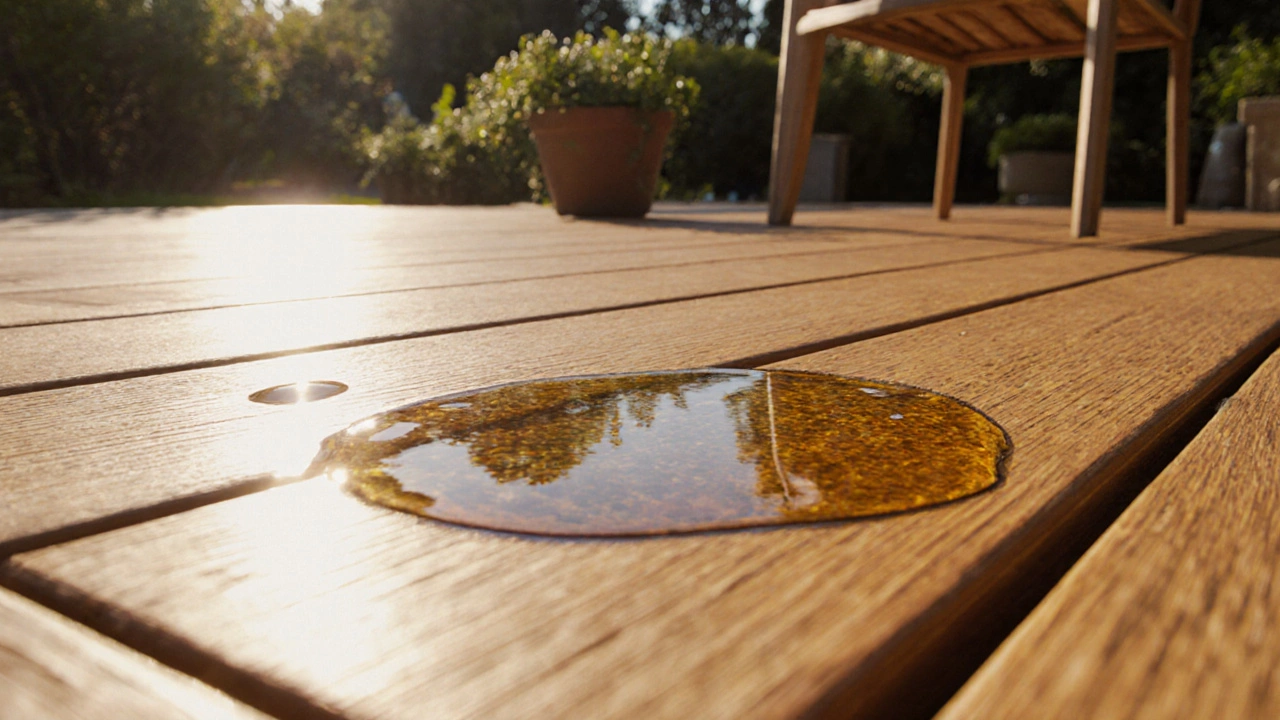Learn how often to oil your terrace, choose the right oil, and follow a seasonal schedule to keep your outdoor space durable and beautiful.
Terrace Care: Essential Tips for Balcony and Rooftop Gardens in India
When you’re managing a terrace care, the practice of growing and maintaining plants on rooftops, balconies, or elevated spaces in urban homes. Also known as balcony gardening, it’s not just about putting pots on a ledge—it’s about creating a living ecosystem that survives India’s heat, monsoons, and limited space. Many think terrace gardens need fancy setups, but the truth is simple: they need the right plants, the right soil, and the right attention. You don’t need a big area to grow fresh herbs, veggies, or colorful flowers. Even a 5x5 foot balcony can feed a family if you know what to do.
Good terrace care, the practice of growing and maintaining plants on rooftops, balconies, or elevated spaces in urban homes. Also known as balcony gardening, it’s not just about putting pots on a ledge—it’s about creating a living ecosystem that survives India’s heat, monsoons, and limited space. isn’t just about watering. It’s about understanding sun patterns. A south-facing balcony gets the most sun in India, perfect for tomatoes or chillies. A north-facing one stays shady—better for ferns or mint. Poor drainage is the #1 killer of terrace plants. If water pools after rain, roots rot. That’s why adding perlite or coarse sand to your soil makes a huge difference. And don’t use big pots for small plants. A 10-inch pot is enough for basil. A 20-inch one for brinjal. Too big? You’re just inviting overwatering.
Soil matters more than you think. Most terrace gardeners start with regular garden soil, but it compacts fast in containers. Mix in compost, cocopeat, or leaf mold to keep it light and airy. You’ll see faster growth and fewer pests. And don’t forget wind. High-rise balconies get strong gusts. Tie up tall plants like okra or sunflowers. Use windbreaks like bamboo screens or tall pots of lantana. Even a few strategically placed plants can shield your more delicate ones.
People ask, "What can I grow on my terrace?" The answer is: a lot. In India, you can grow year-round bloomers like portulaca and crossvine, herbs like basil and coriander, and even small fruiting plants like dwarf citrus or strawberries. The key is matching the plant to your space’s conditions—not forcing a sun-lover into shade. Check your balcony’s light for three days before planting. Watch where shadows fall. Note when the sun hits your pots. That’s your real guide, not a blog post.
And don’t ignore maintenance. Drip irrigation systems save time, but they clog. Clean emitters monthly. Prune dead leaves weekly. Remove weeds before they take root. A little daily care beats an hour of weekend chaos. Terraces aren’t just for looks—they’re for food, for calm, for connection. When you grow your own greens, you stop worrying about prices. You stop wondering if your veggies are sprayed. You just pick, wash, and eat.
Below, you’ll find real advice from people who’ve done this—fixing clogged drip lines, choosing the best balcony orientation, protecting zinnias from rabbits, and making compost that actually works. No fluff. Just what helps your terrace thrive.
